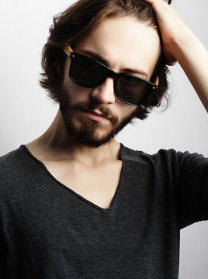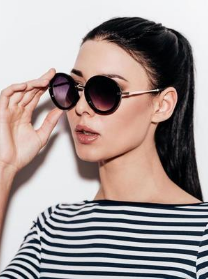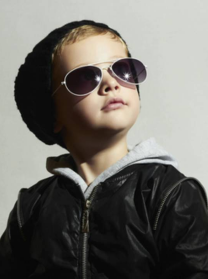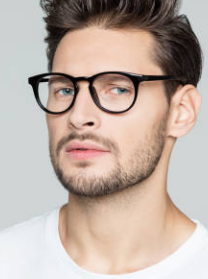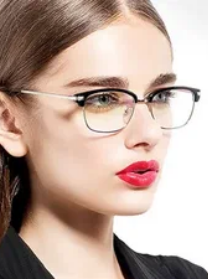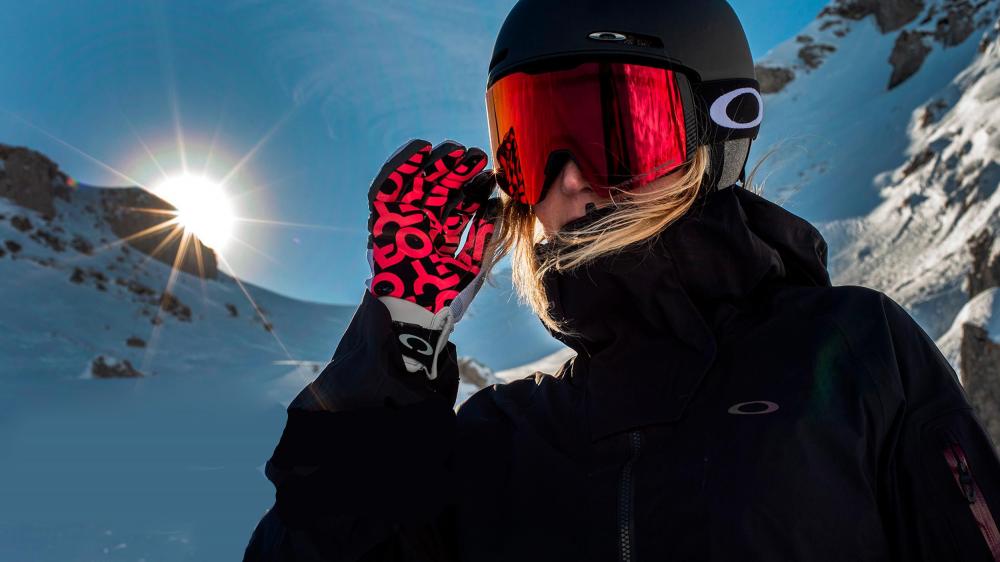Choosing the correct type, colour and style of your ski mask is necessary not only for cosmetics but for optics too. High level of ultra-violet light enters the eyes when skiing. At high altitudes atmosphere is clear and snow reflects UV rays which make the situation even worse as more UV exposure is higher. Over- UV exposure can relate to cataract and cancer. There are different things you need to be concerned about when choosing the right mask for you. You don’t have to worry about it, as we have made a list with all the available choices for you.
1) Lens darkness and amount of light passing through
All the lenses are available on different categories depending on the amount of light coming through. The category depends on how dark is a colour and what amount of light can pass through the lens. LTF: Light Transmission Factor, the amount of light passing through the lens.
Absorption: is the amount of UV light absorbed, coming from the sun.
|
Category |
LTF in % |
Absorption of UV light in % |
|
0 |
80-100 |
0-20 |
|
1 |
43-80 |
20-57 |
|
2 |
18-43 |
57-82 |
|
3 |
8-18 |
82-92 |
|
4 |
3-18 |
92-97 |
The picture will help you to understand the difference on the brightness of the lens on each category.
What is the importance of the lens brightness
Lenses with tint on category 0 are mostly used for night time, as there is hardly any tint.
Category 1 lenses are for the foggy days or when clouds have covered the sun and the amount of light is limited.
Category 2 are darker and better used in mixed weather conditions. Not sunny but not foggy either.
Category 3 lenses are the best adapted lenses for sunny days, blocking 82-92% of light and lets you enjoy the time skiing without worrying about the sun.
Category 4 lenses are hardly ever found as they are a solid colour. They could be useful for someone whose eyes are light sensitive.
Photochromic/ transition lenses
Photochromic or transition lenses are the ones changing brightness under the sunlight. The more amount of UV light they come in contact with, the darker they get. Meaning, on a foggy day they will be clear and as soon as they sun comes out, it will take a few seconds for them to change to darker lenses.
This way you will have a pair of googles adapting to the weather condition and you will not have to carry a 2nd or even 3rd pair of googles with you.
2) Polarized lenses
On the one hand, polarized lenses are amazing for skiing, reducing all the glare you get, not only from the sun, but from the snow too.
On the other hand, you will not be able to distinguish the difference between ice and snow are even be able to tell where are ‘bumps.
Choosing to have them or not is your choice. What you should take into account is the type of skier you are, and if noticing small details like these are important. Many Opticians suggest against them.
Prizm lenses are also available. These lenses are being made with the appropriate technology in order to manipulate the colour spectrum to your advantage by enhancing colours. As a result, the contrast and depth perception will be increased and the glare will be reduced. You might consider having this in your googles.
3) Choosing the correct colour
It is important to talk about the difference each colour makes on your vision and not choose them solely based on what matches with your outfit (like we all do).
Grey:
- Reduces the intensity of light without altering colour vision
- Useful when colour vision is important
Brown:
- Enhance contrast as it will stop reasonable amount of blue light
- Works well in variable light conditions
- Works well on judging distance
Green:
- Provides cool shooting tone to colours
- Filters some amount of blue light
- Enhances contrast in low light conditions
Amber/orange:
- Filters blue light
- Enhances contrast
- Will distort colour perception
- Good for overcast, hazy or foggy conditions
- Enhances depth perception
Yellow/ bronze:
- Blocks all blue light
- Will distort colour perception
- Good for overcast, hazy or foggy conditions
- Enhances depth perception
Pink/ Purple:
- Improves visual clarity
If you decide to choose one on the colours above with a mirrored lens, that will be a plus for you as the light will be reflected back.
4) Foam
As you will probably notice the ski masks are covered around with foam. There can be a single, double or even triple layer of foam. The more foam the more comfortable it will feel.
It will also help to not steam up your mask as the air between you and the mask is recycled a lot easier.
5) Anti-fogging treatment
Almost all ski masks come with an anti-fog coating. But to be sure choose a mask with double shield. What it means, an air pocket will be formed between the two lens layers of the mask and it will act as a thermal filter.
6) Anti-scratch coating
Most ski masks are equipped with the anti-scratch coating. It will make the lens resistant to a few scratches. A scratch can affect your field of view if it's on a place where you look through. It can also affect the cosmetic appearance, especially on mirrored lenses.
7) Ski mask size
There are different sizes of masks and different styles. It would be ideal when choosing a new pair of googles to have your helmet with you.
This way you can make sure the two pieces of equipment are compatible with each other and not too large or too small. If you feel some pressure on the nose means that your helmet is pushing your mask down and will definitely feel uncomfortable after a long day of skiing. So, you should probably go for a smaller size.
Some masks are made larger at the front and with two small gaps on each side on the back, in order for you to wear your optical frames under the mask. People with high prescription might find this useful, especially If they do not wear contact lenses.




 EL
EL
 Login
Login 

